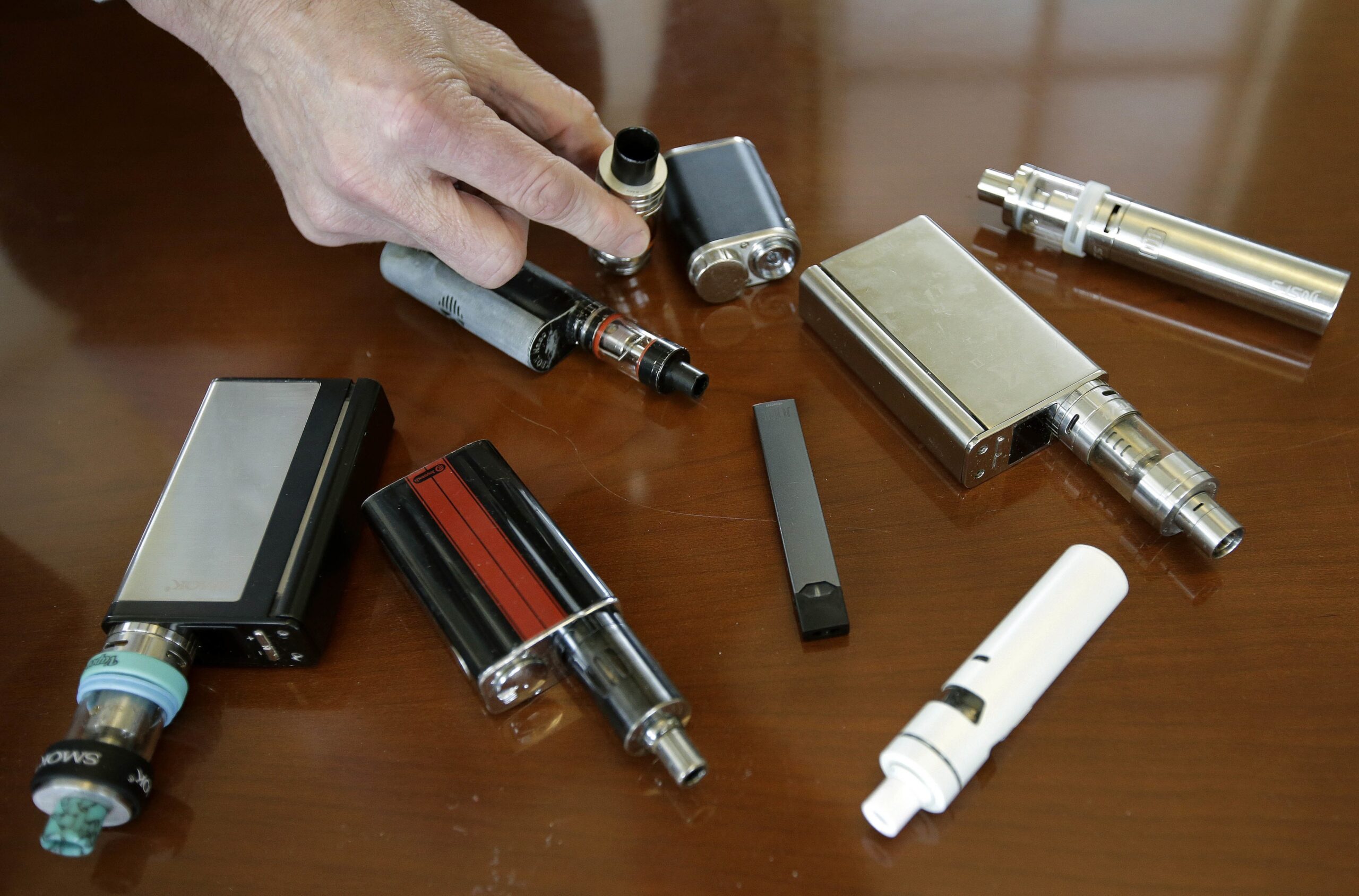Federal health officials say 77 percent of electronic cigarette users who have suffered lung damage used products containing THC, the psychoactive ingredient in marijuana.
Officials are still cautioning against any e-cigarette use, particularly those containing THC, until the investigation pinpoints a cause.
“The outbreak currently is pointing to a greater concern around THC-containing products. However, we do not know whether this is the only risky substance for lung injury and we don’t feel comfortable dropping the broader recommendation yet,” said Anne Schuchat, Centers for Disease Control and Prevention deputy director.
News with a little more humanity
WPR’s “Wisconsin Today” newsletter keeps you connected to the state you love without feeling overwhelmed. No paywall. No agenda. No corporate filter.
Wisconsin and Illinois health officials found most of the cartridges people used were prefilled and prepackaged, bought from friends or on the street rather than in stores. More than 80 different e-cigarette brands were used by the 86 patients studied. The brand Dank Vapes were the most common. but investigators say they still haven’t determined any particular product or toxin that may be to blame for the widespread lung illness that has sickened 805 and killed 12. None of the deaths are in Wisconsin.
CDC officials don’t know if the products linked to lung disease in Wisconsin and Illinois are the same as those believed to be sickening those in other states.
“We do not know exactly what is making people sick,” Schuchat said. “For example, whether particular solvents or adulterants are leading to lung injury. Or whether cases stem from a single supplier or multiple ones.”
Children’s Hospital of Wisconsin initially treated eight cases of lung injury in teens this July. That then sparked an investigation by the state Department of Health Services, which led to a nationwide probe.
“The number of affected individuals continues to increase. Sadly, we’re seeing cases of lung injury in teenagers, young adults and other vulnerable groups,” said Jon Meiman, chief medical officer with DHS.
Wisconsin health officials are currently aware of 60 cases. Most of those have been adolescents and young adults but older adults have also been affected. Federal officials say three-fourths of patients they talked to were under age 35.
Wisconsin Public Radio, © Copyright 2025, Board of Regents of the University of Wisconsin System and Wisconsin Educational Communications Board.







